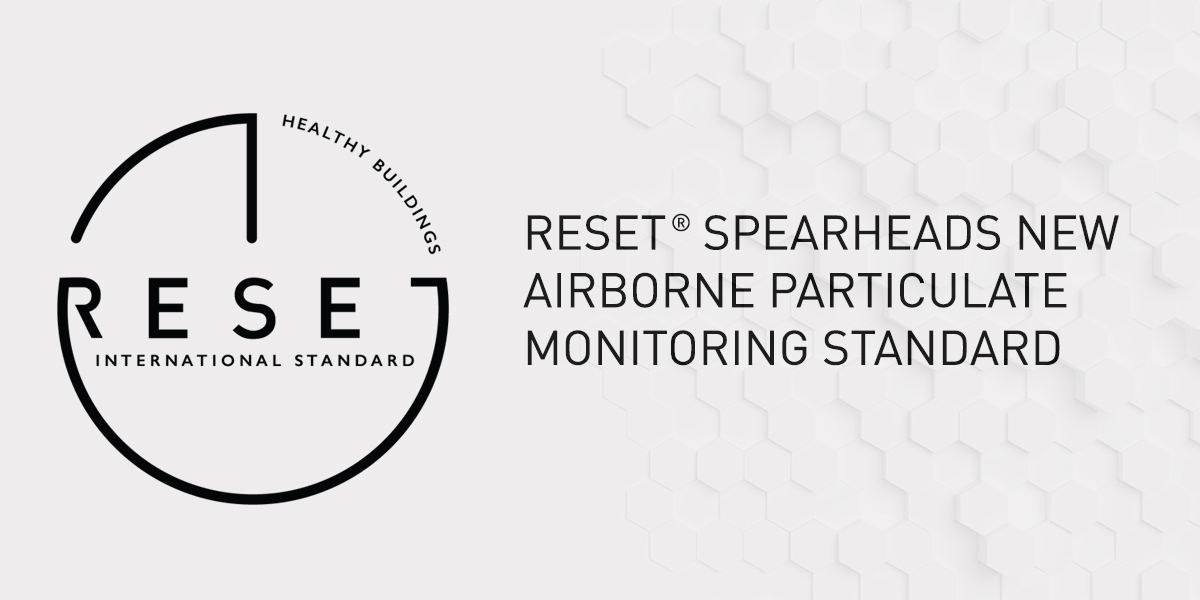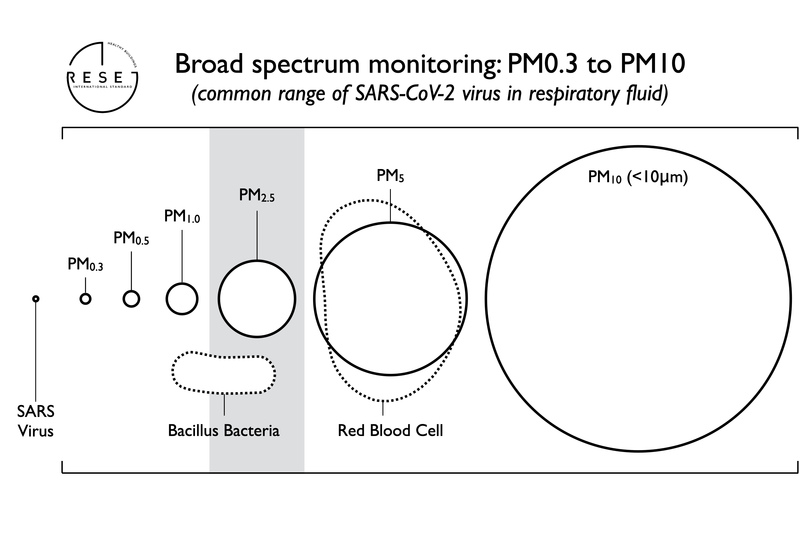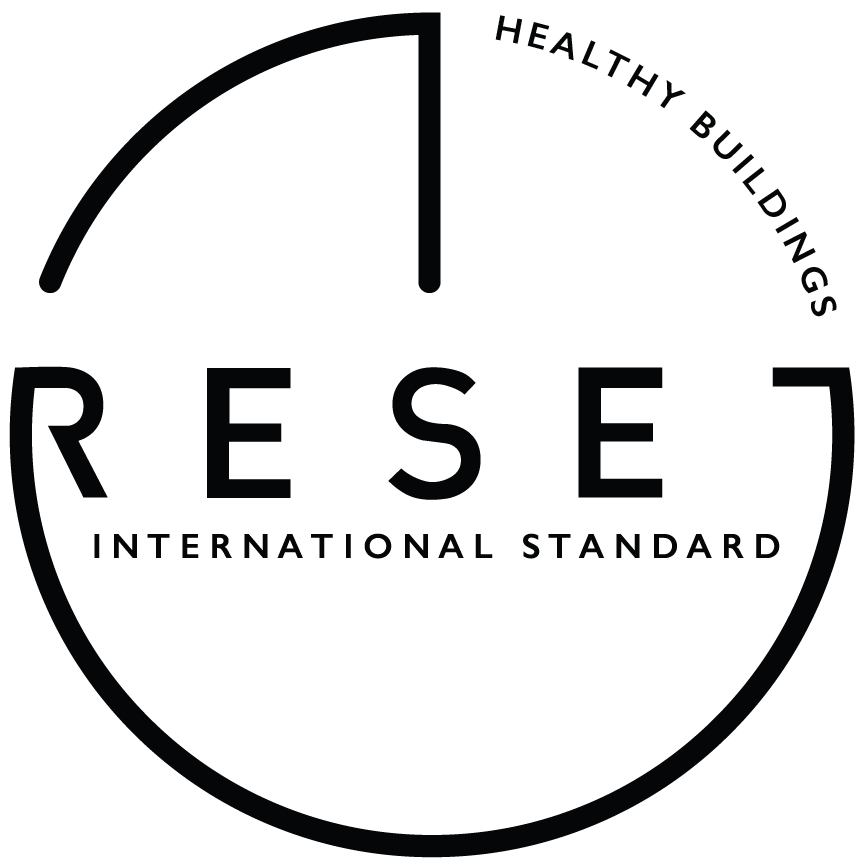RESET® Spearheads New Airborne Particulate Monitoring Standard

Working with an international team of experts from universities on the forefront of air quality monitoring research, RESET® will be releasing a new air quality standard aimed at providing a framework for qualifying airborne particulate sensors - specifically optical particle counters - used for indoor and outdoor air quality monitoring.
Since its inception nearly a decade ago, the current RESET standard has been a resource referenced and adopted by today's most recognized green building programs, real estate developers, building operators, and tenants.
The new standard will provide the industry with a concise and specific set of criteria to be used when testing and evaluating optical particle counters for use in indoor and outdoor air quality monitoring applications, with RESET's intention that sensors meeting the criteria in this standard would be qualified for use in such applications. A formal standard will also allow third-party testing facilities to test instruments claiming compliance in order to provide independent validation of such.
The outdoor air quality monitoring industries have struggled for years with sensors of widely varying levels of quality or widely disparate reported values. This standard should make it possible to purchase compliant instruments from multiple vendors that report similar values for airborne particulates under similar air quality conditions. Although this would intuitively seem like something that should already be true for existing instruments, it is unfortunately far from the case.
"With the newfound awareness of air quality that the COVID19 pandemic has created, we think the industry is finally ready for this transition," says Raefer Wallis, CEO of GIGA, the organization behind RESET. "This includes the demand for broader spectrum monitoring of airborne particulates and droplets smaller than 2.5 microns."
Dr. Anil Namdeo of Northumbria University, UK and Dr. Nguyen Thi Kim Oanh of the Asia Institute of Technology, Thailand will be leading research for a nine-month project that will enlist support from peer reviewers of Universities and Institutes, including the National University of Singapore, Kanazawa University Japan, the National Institute of Technology Bandun Indonesia, Universiti Putra Malaysia, Environmental Quality Management Myanmar, the Asian Institute of Technology Thailand, Valaya Alongkorn Rajabhat University Thailand, and the Hanoi University of Natural Resources and Environment Vietnam.
"This is one of the most exciting and long-awaited efforts in the world of air quality monitoring. It is a watershed moment for building science and air quality researchers studying the impact contaminated air has on human health," says Dr. Anil Namdeo of Northumbria University.
The new standard will also provide guidance on data collection and reporting. The current gravimetric reporting provides a coarse measure of air quality but omits details on particulate size distribution, which is increasingly linked or cited in conjunction with various health concerns (SARS-CoV-2 included).

Above image: The SARS virus is almost never found floating 'dry’. It is always expelled, covered in respiratory fluid. The virus itself is only 0.12 microns, but is found in 'water' droplets that are ~0.3 microns and up.
The key reference technology being used for research and authorship of the standard will be provided by Particles Plus®, a Boston-based world leader in particle counting technology.
"Particles Plus will be placing itself under the scrutiny of over a dozen independent, expert researchers in the field," says Anjanette Green, Director of RESET Standards Development. "This is no minor challenge and we applaud Particles Plus for their leadership. Devices have already been deployed around the world over the past four months and have been collecting data that will be used for research."
"We've been pioneering breakthroughs in particle counting technology for over 20 years," says Adam Giandomenico, co-founder of Particles Plus. "Particle counting technology originated in cleanroom manufacturing industries like semiconductors, disk drives, and pharmaceutical. Over the past few years we've succeeded in dramatically reducing costs without impacting either accuracy or the quality of our instruments. We believe this will be a game-changer for the indoor/outdoor air-quality industries."
The release of the new standard will provide much needed support to both new and existing projects that have deployed RESET accredited commercial grade monitoring devices on site and require an effective, reliable means to calibrate them.
"RESET has long been asked for a standard for reference grade monitors for calibration and testing purposes," says Wallis. "As this technology continues to decrease in price while the visibility it provides continues to gain in value, it won't be long before broader-spectrum, reference-grade technology becomes omnipresent within buildings, especially in response to the pandemic. This will first happen with outdoor and in-duct monitors, as per the RESET Standard."
Visit https://reset.build/ for more information.
